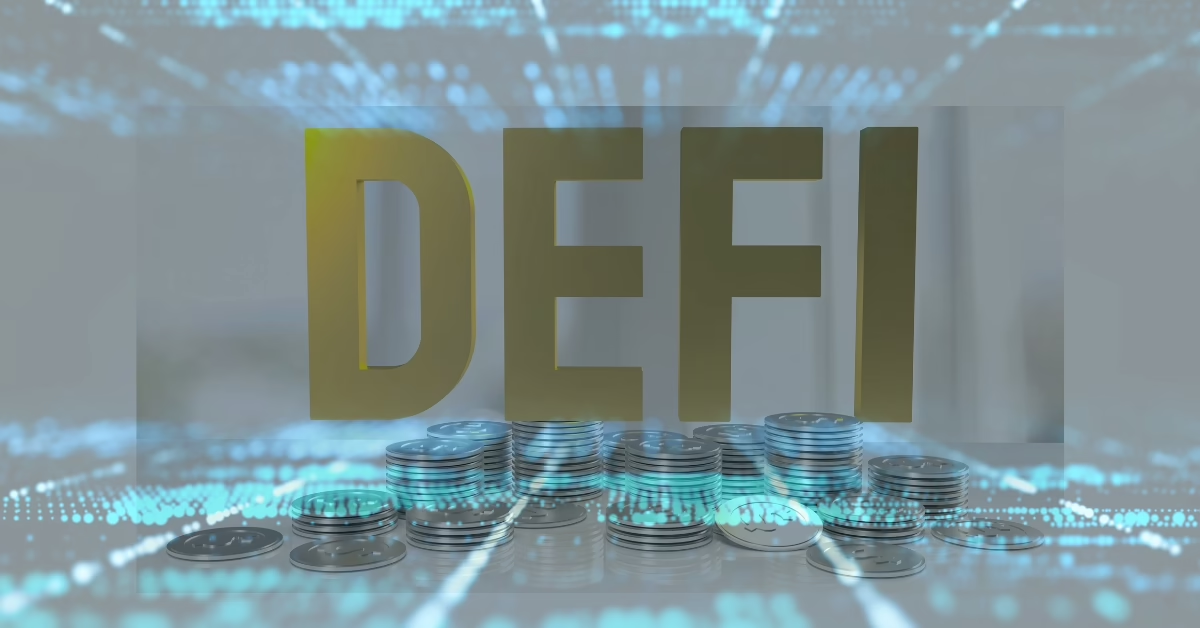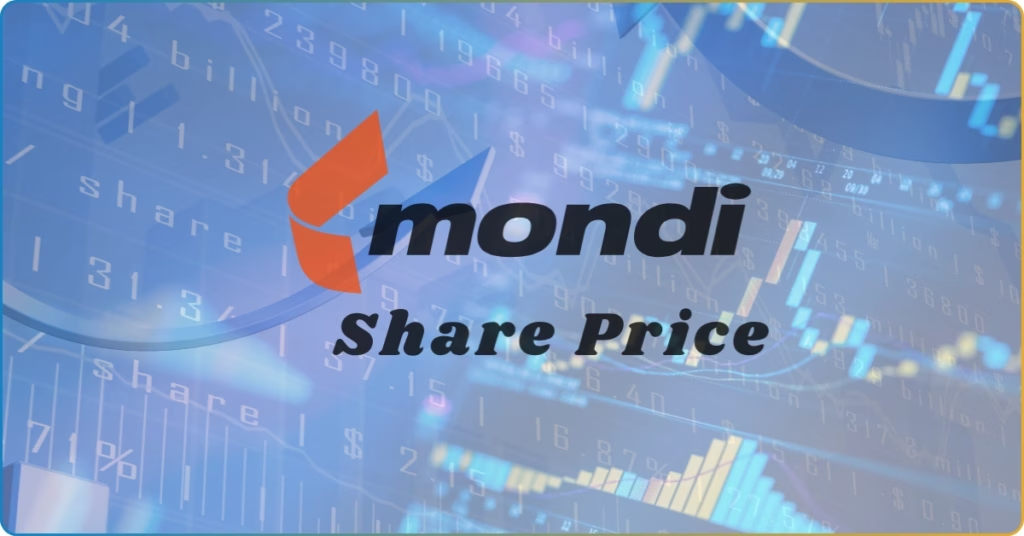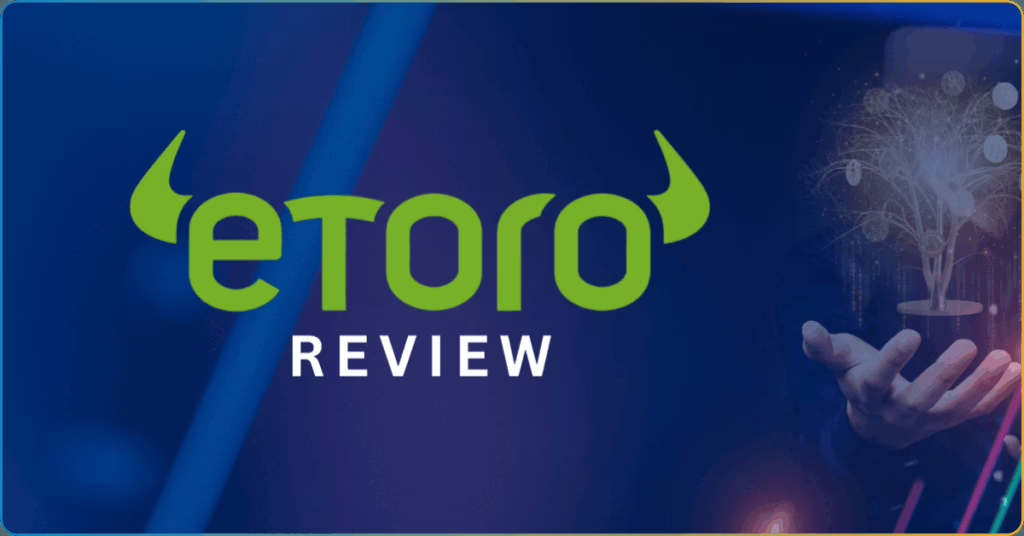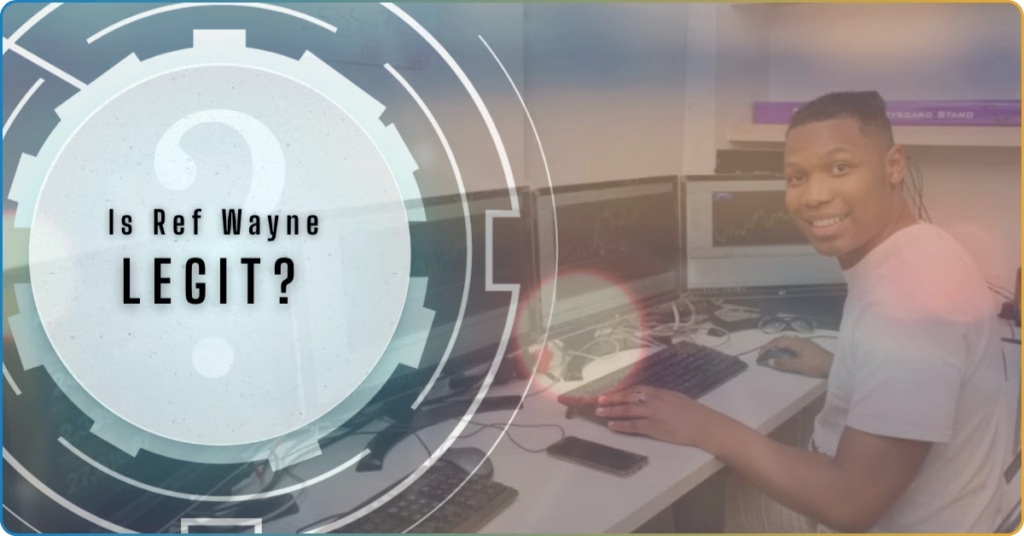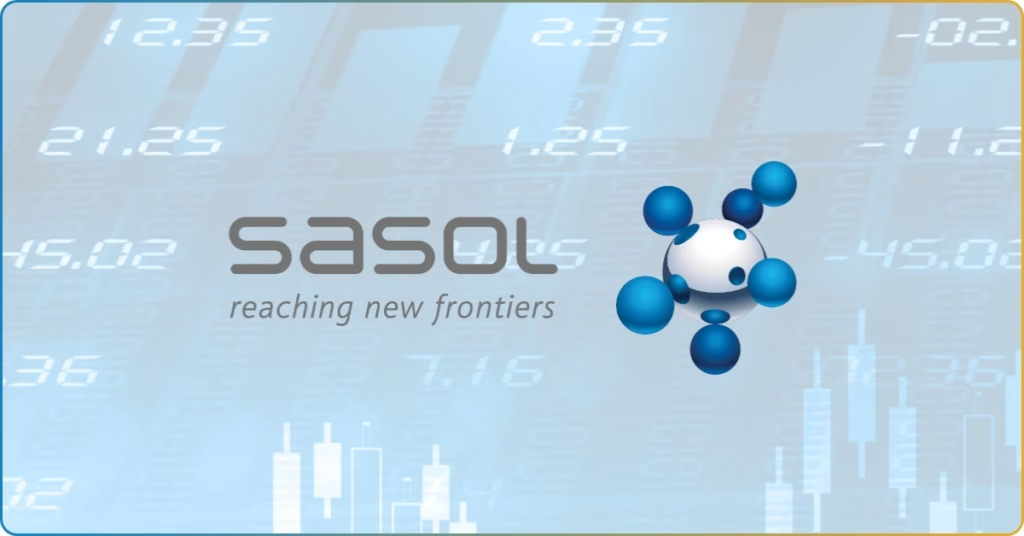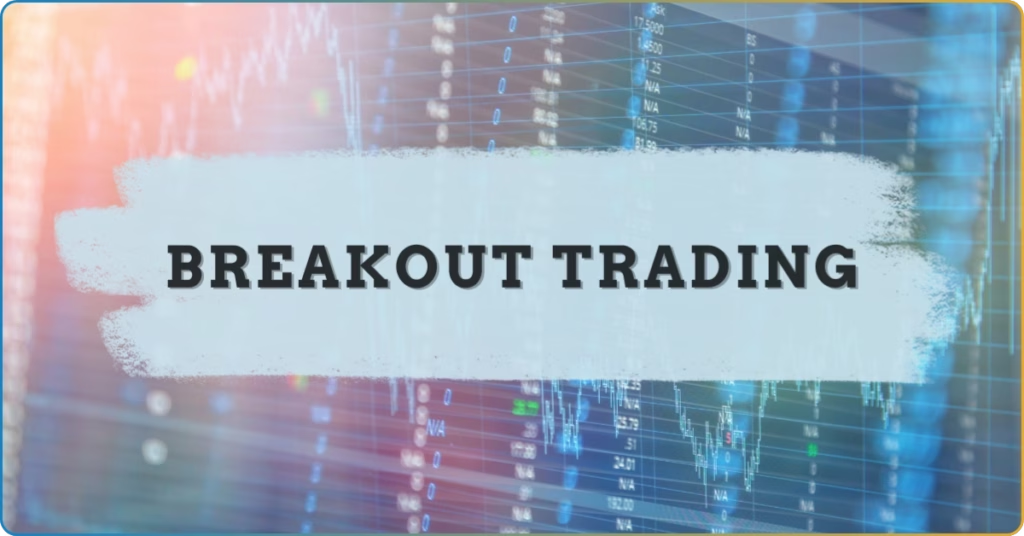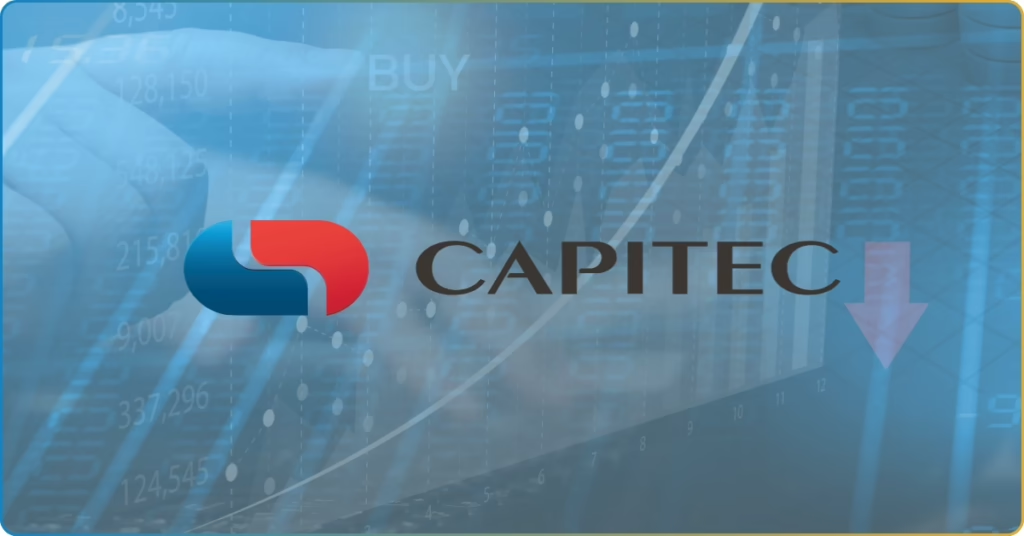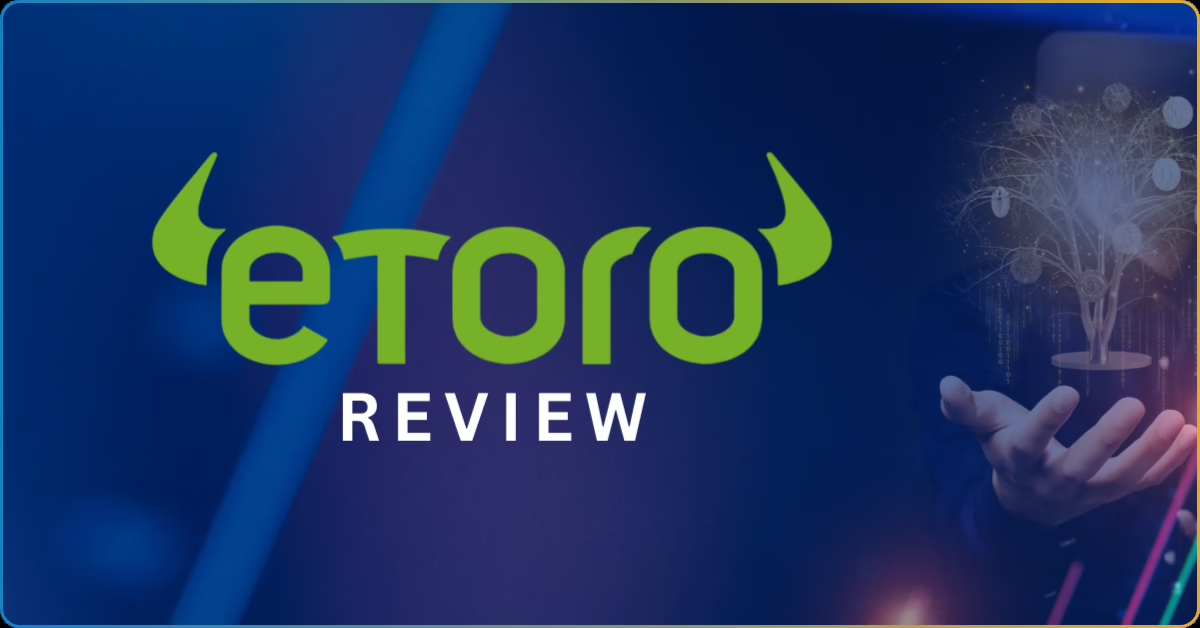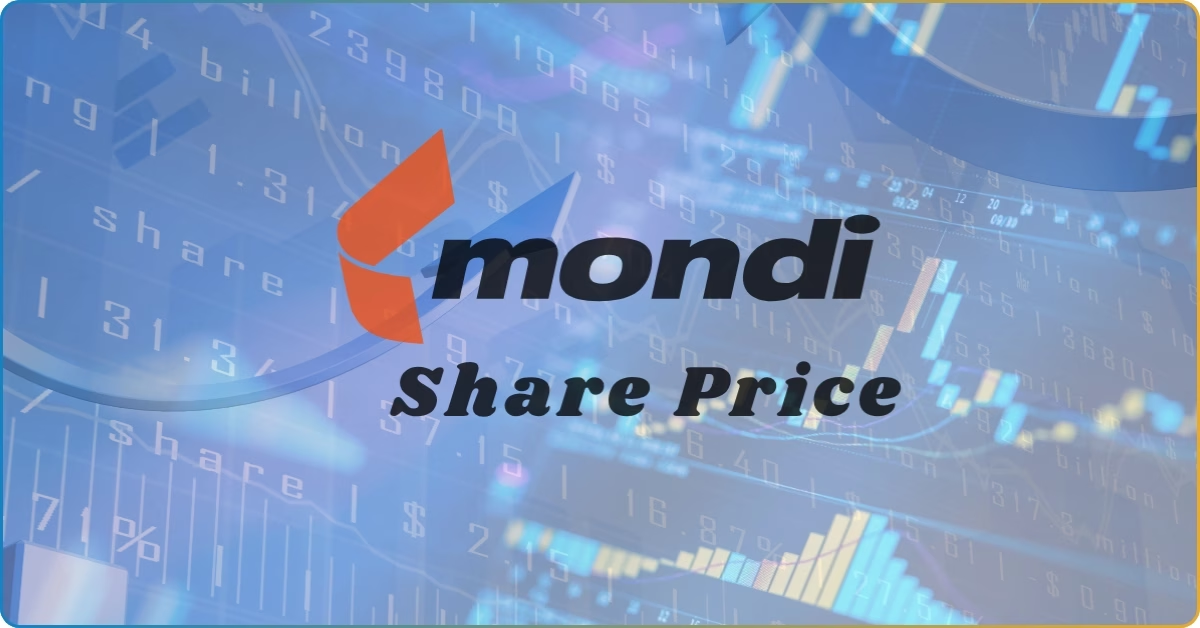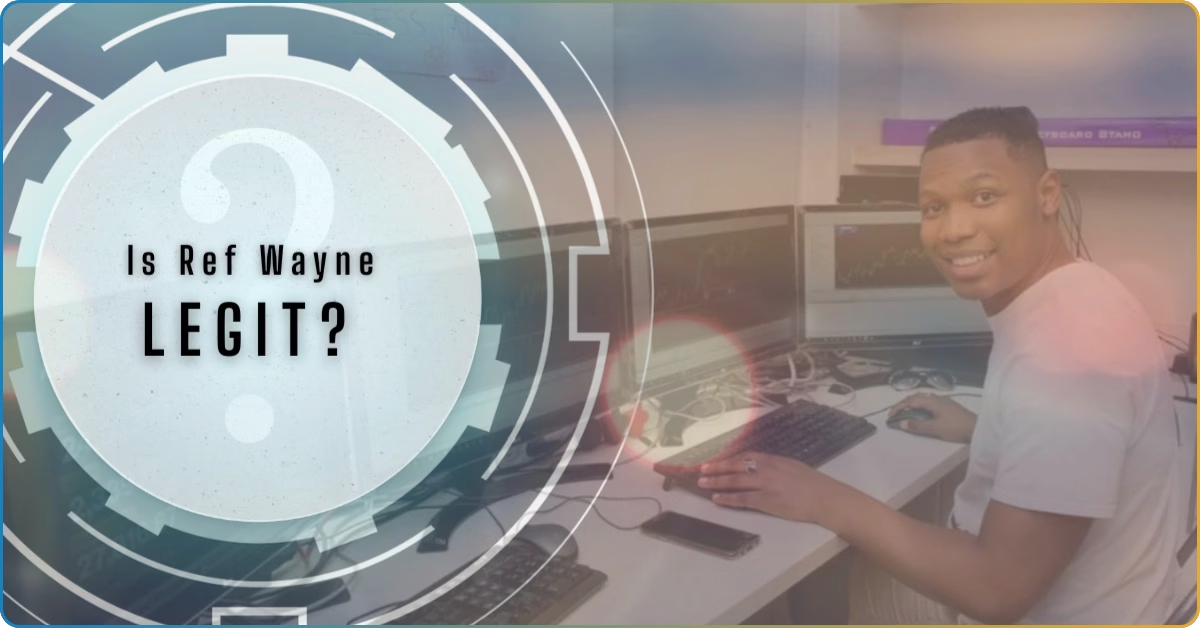In the digital world we’re living in, one of the most used buzzwords we frequently hear in the financial landscape is “DeFi coins.”
That’s because the hype surrounding it isn’t just noise; it’s backed by its multi-functional role in government financial projects, its ability to bypass traditional financial barriers, and the promise of high yields, all within a decentralized and transparent ecosystem. It’s the kind of forward-thinking concept that’s already reshaping how finance works.
But what’s the real score behind these DeFi coins? You might see them as just another shiny crypto token poised to disrupt the market, but like every innovation, they come with their own set of risks.
So, before you jump into a “trendy” strategy or start stacking DeFi tokens, this TRU Insight lays out the full ecosystem, showing you how its core functions could either empower your portfolio or expose it to unexpected pitfalls.
What Are DeFi Coins?
At first, you might think it’s just another form of cryptocurrency, and you’d be right that it’s a type of crypto, but it’s more specific. If cryptocurrency is the entire digital environment, then DeFi is a specialized ecosystem within it. It’s a complete system of decentralized financial services with its own rules, tools, and structure.
That’s why it’s important to understand DeFi coins better because they’re part of a new financial system rooted in the broader concept of Decentralized Finance (DeFi).
Technically, DeFi coins are programmable digital assets built on blockchain platforms, designed to perform specific roles within decentralized finance protocols. They enable automated financial operations such as governance, liquidity provision, and yield distribution. This is done by interacting directly with smart contracts, which removes the need for centralized control or intermediaries.
Types of DeFi Coins & Functions
Each type of DeFi coin carries distinct features and serves a specific purpose, and understanding these classifications gives traders a sharper view of how each token functions within its protocol.
Governance Tokens
Governance tokens are designed to give holders voting rights within a decentralized protocol. These tokens allow users to propose and vote on changes, upgrades, or treasury decisions, essentially shaping the future of the project. They’re commonly used in DAOs (Decentralized Autonomous Organizations), where community-led governance replaces centralized control.
Platforms like Uniswap (UNI), MakerDAO (MKR), and Curve (CRV) use governance tokens to decentralize decision-making. Our blockchain specialists note that over $12 billion in market cap is currently tied to governance tokens, showing how much weight these tokens carry in protocol development.
Utility Tokens
Utility tokens are built to serve a functional role within a blockchain ecosystem. They’re used to access services, pay transaction fees, or interact with smart contracts. Unlike governance tokens, utility tokens are more transactional, but they’re the fuel that keeps decentralized applications running.
These tokens are often issued during an Initial Coin Offering (ICO) and are programmed to automate specific tasks within a protocol. Their value is tied to how much demand there is for the services they unlock.
Yield Tokens
Yield tokens represent a user’s share of earnings from DeFi activities like staking, lending, or liquidity provision. They’re typically distributed as rewards and can be reinvested or traded. While some are backed by actual revenue generated within the protocol, many are still supported by token emissions, this means that their value often comes from inflationary rewards rather than external income. Understanding what backs a yield token is key to knowing its real value and risk.
Stablecoins
Stablecoins are designed to maintain a consistent value, usually pegged to fiat currencies like the U.S. dollar. In DeFi, they’re used for lending, borrowing, trading pairs, and yield farming, which offers a stable medium in a volatile market.
There are four main types:
- Fiat-backed
- Commodity-backed
- Crypto-collateralized
- Algorithmic
Are DeFi coins legal and regulated?
DeFi coins are generally legal, but regulation varies by country. In Europe, the MiCA regulation (Regulation (EU) 2023/1114) sets clear rules for crypto assets, including DeFi, focusing on transparency and consumer protection.
Meanwhile, in the U.S., the Securities and Exchange Commission (SEC) has stated that some DeFi products may fall under securities laws, meaning they could be subject to regulation depending on how they’re structured.
DeFi Coins: Pros and Cons Table
Before diving into any DeFi coin strategy, it’s important to weigh both sides of the equation. Our blockchain specialists laid out the key benefits and risks below to help traders make informed decisions.
| Benefits | Risks |
| Decentralized: Anyone with a crypto wallet can join, no need for a bank account. | Code Problems: Mistakes in the code can cause you to lose money. |
| High Yield Potential: You can earn by staking or helping others trade. The potential returns can be better than those of banks. | Price Volatility: Yield tokens can change quickly; you can gain or lose money fast. |
| Transparency: Most platforms are open source, so anyone can see how they work. | Regulatory Uncertainty: DeFi is not comprehensively regulated, and this lack of oversight makes it vulnerable to the uncertain or changing restrictions from authorities. |
| Global Inclusion: People from any country can use DeFi. | Scam Risk: Some platforms may steal your money and disappear. |
| Automated Finance: Smart contracts (computer programs) handle transactions and rewards automatically. | Liquidity Issues: If few people use a DeFi platform, it may be hard to trade or withdraw your money. |
Strategies for DeFi Coin Price Trend and Prediction
Understanding how DeFi coin prices move can help you make smarter decisions. Here are the following strategies you can practice to increase the chances of knowing the DeFi coin price and prediction:
1. Follow the Moving Averages
Moving averages show the average price of a coin over time. Traders use this to see if the price is going up or down steadily. For example, DeFi coins like DEFI are currently below their 50-day and 200-day averages, which signals a weak trend.
2. Watch the Fear & Greed Index
This index tells you how people feel about the market, whether they are skeptical or excited. When most traders are feeling greedy, it usually means a lot of buying is happening, which can push prices up. But our analysts caution that too much excitement often leads to sudden drops, especially when prices get overhyped and buyers start pulling out.
3. Use RSI
RSI stands for Relative Strength Index. It’s a tool that helps you see if a DeFi coin is priced too high or too low based on recent movements. A high score usually means the coin might be overbought, while a low score could mean it’s undervalued and possibly a good time to buy.
4. Track Short-Term Predictions
Some platforms use recent price movements to suggest where a DeFi coin might go next. These short-term predictions help traders decide if it’s a good time to buy, sell, or wait. While they’re not always accurate, our analysts say they’re useful for spotting quick trends and timing your moves better.
5. Understand Long-Term Potential
Long-term predictions show how a coin might perform over the years. DEFI is forecasted to reach up to $0.008111 by 2030, which is a 328% increase from today. But this depends on market growth, adoption, and how well the project develops.
Frequently Asked Questions
What’s the difference between DeFi Coins and Traditional Finance?
DeFi coins run on blockchain, letting users trade, lend, or borrow without banks. This means more transparency and global access. In contrast, traditional finance depends on banks and strict rules, with slower processes and limited access based on identity or location.
Where can I find DeFi coins for sale?
You can buy DeFi coins on major crypto exchanges like Binance, Coinbase, and Kraken, or through decentralized platforms like Uniswap and Aave using a crypto wallet.
Is the DeFi 100 coin legit?
DeFi 100 was accused of an exit scam in 2021, with reports claiming developers ran off with $32 million, though the team denied holding investor funds. While the project still exists, it’s considered risky due to past controversies and unstable token mechanics
Final Verdict: Are DeFi Coins the Future?
DeFi coins have the potential to reshape finance by removing intermediaries and giving users more control, but they’re still in a risky and fast-evolving space. While the technology is promising, its long-term success depends on how well it can balance innovation with trust, security, and compliance.
Now that you’ve seen how decentralized finance connects a whole web of concepts to function as one ecosystem, diving deeper into digital finance is one of the strategic moves to start with. In CommuniTrade, you get access to a one-stop platform packed with free trading courses, expert-led webinars, and practical tools designed to help you trade with confidence and clarity.

